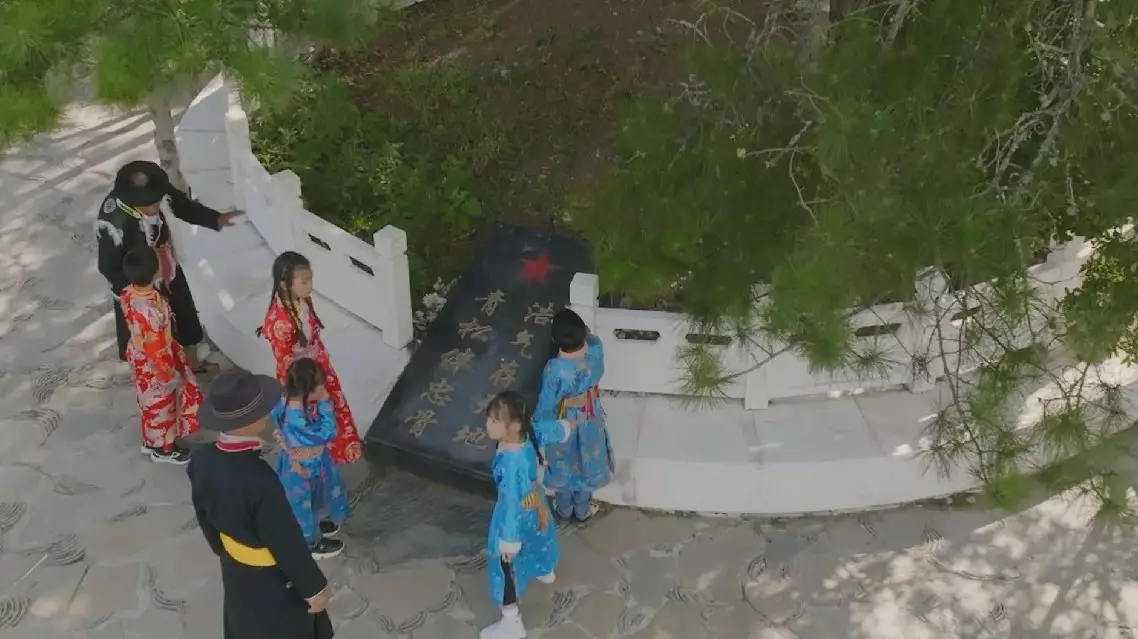Belarusian President Aleksandr Lukashenko said that China is crucial for the development prospects of the BRICS and a main pillar of the bloc.
In a recent exclusive interview with the China Global Television Network (CGTN) on the sidelines of the 16th BRICS Summit in Kazan, Russia, Lukashenko said it is difficult to talk about the intensive development of the BRICS without China.
"If you look at BRICS as a whole, I find it hard to imagine BRICS without China. China is a power. This is one of the main pillars of this organization. China is crucial for the developing prospect of BRICS. It seems to me that without China, it is difficult to talk about the intensive development of the BRICS organization," he said.
Meanwhile, the Belarusian president stressed the importance of building a multipolar world.
"Our place is with the BRICS,as our views on the global agenda coincide, our views on the world coincide, our goals are practically the same. We strive for a multipolar world, we are against dictating to the world. We are open, we have an open economy, we are technological. "
BRICS is the acronym for an emerging-market cooperative mechanism that initially comprised Brazil, Russia, India, China and South Africa. It has now evolved into an influential international cooperation mechanism with an expanded membership.
Besides the countries that officially joined the BRICS family on January 1, 2024, over other 30 countries such as Thailand, Malaysia, Türkiye and Azerbaijan have either formally applied for or expressed interest in membership.
The 16th BRICS Summit in Kazan from Tuesday to Thursday marked the first in-person BRICS gathering since its expansion.

Belarusian president sees China crucial for BRICS' development prospects
An excerpt of a China Media Group (CMG) documentary tells how local residents living at the foot of the Jiajin Mountain in southwest China's Sichuan Province cherish the memory and legacy of the Red Army.
From October 1934 to October 1936, the Chinese Workers' and Peasants' Red Army troops left their bases and marched through raging rivers, frigid mountains and arid grassland to break the siege of the Kuomintang forces and continued to fight the Japanese invaders.
The ten-episode documentary scheduled to be aired on the CMG military channel from Oct 17 to 26 is in commemoration of the 90th anniversary of the starting of the Chinese Red Army's Long March.
This excerpt of the eighth episode is about a memorial hall built to honor the history of the Red Army climbing over the Jiajin Mountain, the first snow-covered mountain they traversed in the Long March, and a pine tree standing over a grave of Red Army soldiers.
On their way over the mountain, some Red Army soldiers sacrificed their lives due to harsh weather and poor physical conditions and their bodies were not buried in time. When local residents heard the news, they voluntarily came to search for the bodies of the fallen soldiers and bury them in a grave on a ridge.
To prevent the grave from being found by the enemy, the locals decided to grow a pine tree beside it instead of erecting a monument. Over the time, the pine tree has grown with luxuriant foliage into the shape of an umbrella, sheltering the soldiers laid to rest here. Local people often come here to commemorate the revolutionary martyrs.
Ninety years ago, the Red Army troops set out from Yudu in east China's Jiangxi Province to begin the epic Long March. They passed through 14 provinces and regions across the country over the years.
The CMG documentary follows the route of the Long March, with the crew dedicating three months to revisiting the 14 provinces and regions.
With aerial photography as a key component of the production, this is the first time that a drone has been used to record the entire journey.

Local residents in Sichuan cherish memory of Red Army: documentary










